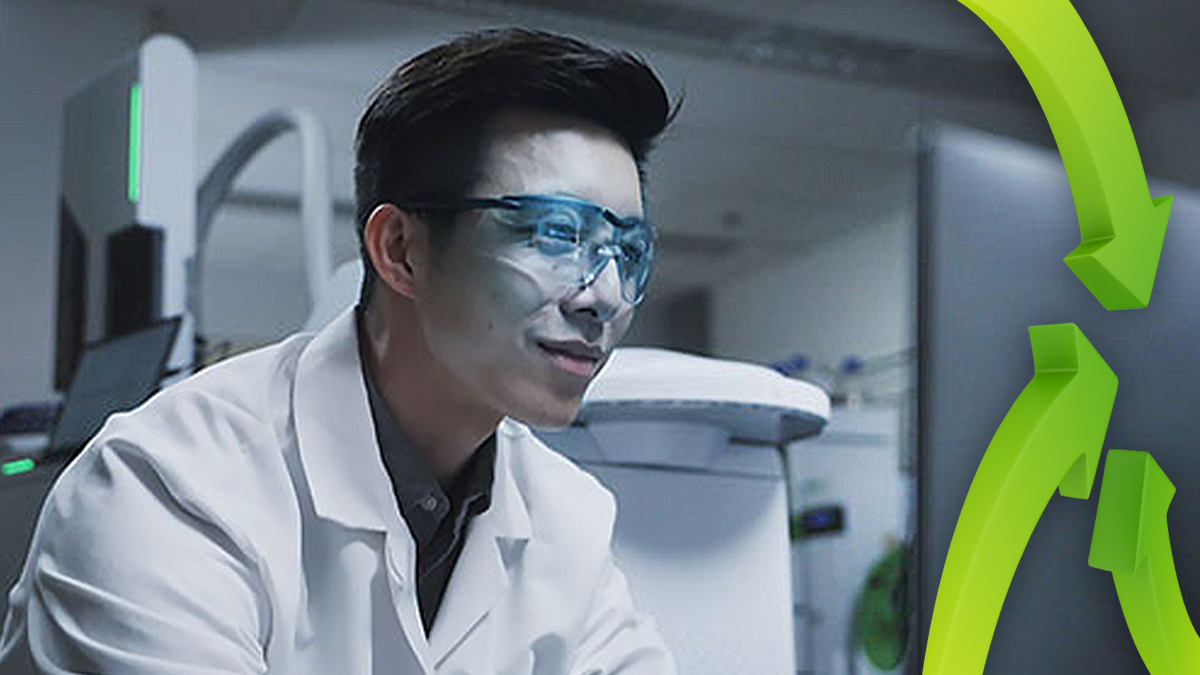23 October 2023 | Monday | News

Source : PerkinElmer
CDS software serves as the primary interface for lab analysts, making user interface and user experience important considerations when being developed. Additionally, with the rising importance of the concept of Industry 4.0 in analytical labs, CDS software has become pivotal in driving the transition to the Lab of the Future.
Here are three ways CDS software is leading labs to the next stage of analytical excellence.
1. Information on the Go and True Connectivity
In the era of the Internet of Things, CDS software acts as the connecting link between scientific analytical instruments and users. Thanks to mobile devices such as tablets, CDS software allows for faster and more varied access to analysis information, leading to workflow optimization opportunities with remote monitoring capabilities. This translates to reduced unexpected instrument downtime and increased operational lab flexibility.
Modern CDS software is designed with real-time monitoring features, enabling users to track ongoing analyses, instrument status, and data quality. This facilitates timely decision-making and the ability to detect potential issues earlier and take proactive measures to ensure accurate and reliable results.
User-friendly CDS software often prioritizes a seamless and intuitive user experience across all remote devices. For instance, the PerkinElmer GC 2400™ Platform with PerkinElmer SimplicityChrom™ CDS Software offers an intuitive app-like interface, enabling easy navigation. This empowers users of all proficiency levels to quickly become skilled in operating the CDS software on a traditional PC or via the detachable touchscreen running the Simplicity Vision™ web application. Productivity is increased, training time is reduced, and errors are minimized as users can focus on their analytical work rather than struggling with different software structures and interfaces.
2. Driving Lab Efficiency
Efficiency and cost reduction are essential goals for lab managers and key for the transition to the Lab of the Future. Innovative CDS software aims to simplify and streamline analytical workflows, enhancing overall lab efficiency.
SimplicityChrom CDS Software offers self-explaining workspaces that minimize navigation, enabling automated processes and optimizing data analysis. Users can also customize the view to their specific requirements and preferences, accommodating the diverse needs of different laboratories, instruments, and analytical methods. As data volume and analytical demands grow, the software should be scalable to handle increasing workloads without compromising performance.
By enhancing the user interface and user experience, CDS software helps reduce the learning curve associated with adopting new technologies. In this way, SimplicityChrom CDS Software allows us to overcome the challenge of technology adoption and its associated costs.
Combining user-friendliness and innovation in CDS software contributes to improved data integrity and compliance. The software can enforce data security protocols, maintain comprehensive audit trails, and support regulatory compliance requirements (e.g., 21 CFR Part 11), instilling confidence in the accuracy and reliability of analytical results.
3. Implement and Manage Lab Sustainability
Sustainability is a crucial component of the journey to the Lab of the Future. Chromatography data system software can play a pivotal role in helping labs implement and manage sustainability efforts by incorporating various features and functionalities aimed at reducing environmental impact and optimizing lab operations. These efforts are in line with the latest features of GC systems.
GC systems are increasingly equipped with gas reduction functions, allowing labs to optimize gas usage during chromatography processes. For instance, SimplicityChrom CDS Software supports adjusting flow rates, using gas-saving modes, and optimizing instrument parameters of the GC 2400 platform. This not only lowers operational expenses but also minimizes the lab’s carbon footprint.
More and more GC applications use hydrogen as a carrier gas because it is a more sustainable option. Hydrogen is flammable, so it requires careful monitoring to ensure safety. For example, in the GC 2400 Platform, the built-in hydrogen sensor is activated and monitored via SimplicityChrom CDS Software. In the event of leakage or unusual buildup, the sensor can automatically shut down the GC and alert lab personnel, minimizing the risk of accidents.
Adopting user-friendly, yet innovative chromatography data system software offers numerous advantages for analytical laboratories. In particular, it drives labs towards adopting Industry 4.0 concepts tailored for the lab, paving the way to the Lab of the Future. For more insights, we invite you to attend this webinar exploring further the capabilities of CDS software driving the implementation of the Lab of the Future.


© 2025 Biopharma Boardroom. All Rights Reserved.